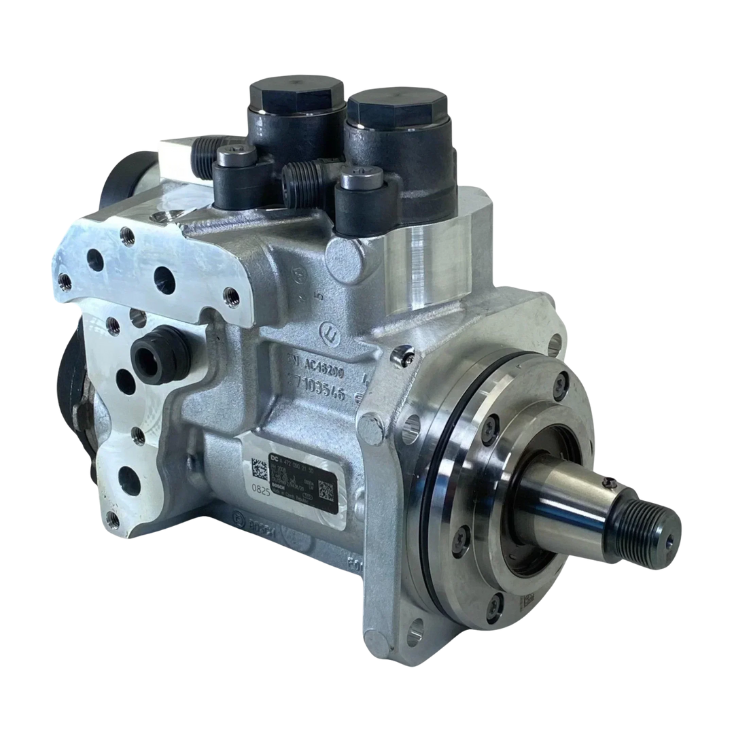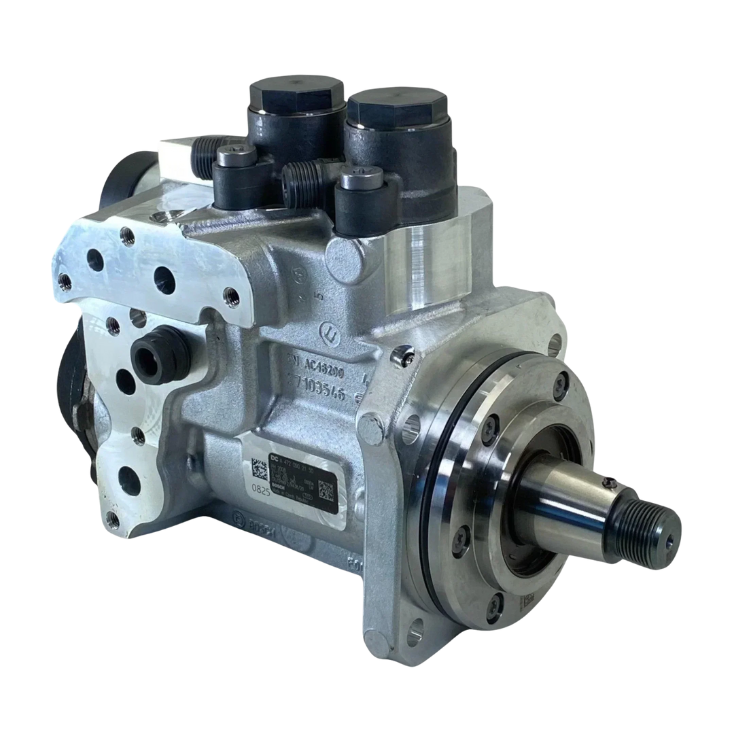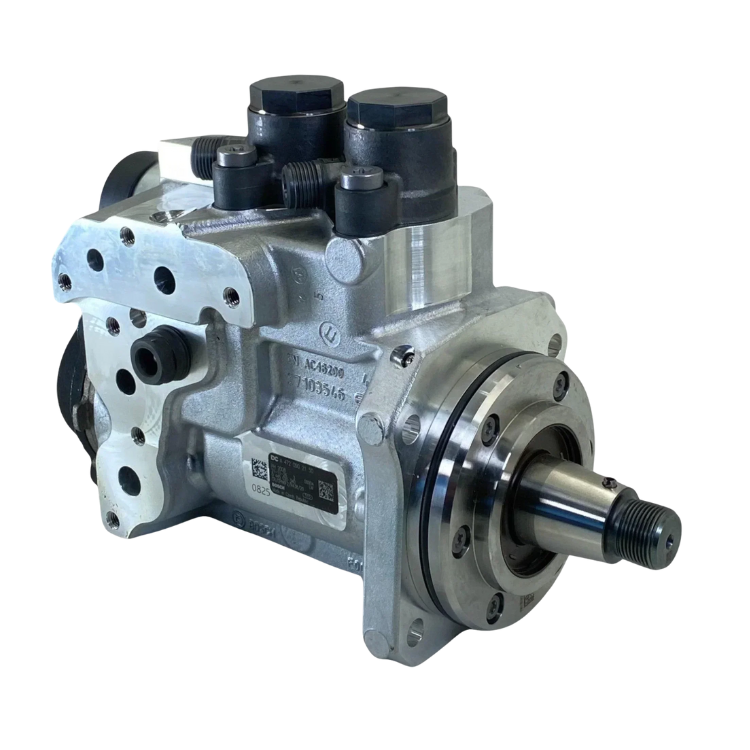The high-pressure fuel pump is a key component in modern diesel engines, delivering the necessary pressure to ensure fuel injectors operate efficiently. A failing pump can lead to poor engine performance, hard starts, or even complete failure to start. Testing the pump’s condition can help identify issues early before more significant damage occurs.
How to Test a High-Pressure Fuel Pump
-
Visual Inspection
Start by checking for fuel leaks, cracks, or signs of wear on the pump body and lines. Damaged components can cause low pressure or complete pump failure. -
Fuel Pressure Test
Use a fuel pressure gauge designed for high-pressure systems. Connect it to the fuel rail (or service port, if available) and compare the readings with manufacturer specifications. Pressure outside the normal range may indicate a faulty pump or related component. -
Scan Tool Diagnostics
Plug in a diagnostic scan tool to retrieve any stored trouble codes (DTCs). Codes related to fuel rail pressure or injector misfires can suggest an issue with the pump or its control module. -
Crank and Start Test
Observe the behavior of the engine during cranking. Slow or extended cranking time, or failure to start, could indicate the pump isn’t generating sufficient pressure. -
Listen for Pump Operation
With the ignition key in the “ON” position (engine off), listen closely near the pump area. A silent or unusually noisy pump may be a sign it’s not functioning correctly. -
Check Fuel Supply and Filters
Sometimes, issues with fuel filters or a clogged tank strainer can mimic pump failure. Ensure the supply to the pump is clean and unobstructed before condemning the pump itself.
Testing a high-pressure fuel pump involves both mechanical and electronic diagnostics, but it’s a crucial step in diagnosing poor engine performance. If you're unsure or the readings are borderline, consulting a technician with experience in diesel fuel systems is recommended. Catching pump issues early can prevent downstream damage to fuel injectors and other engine components.











